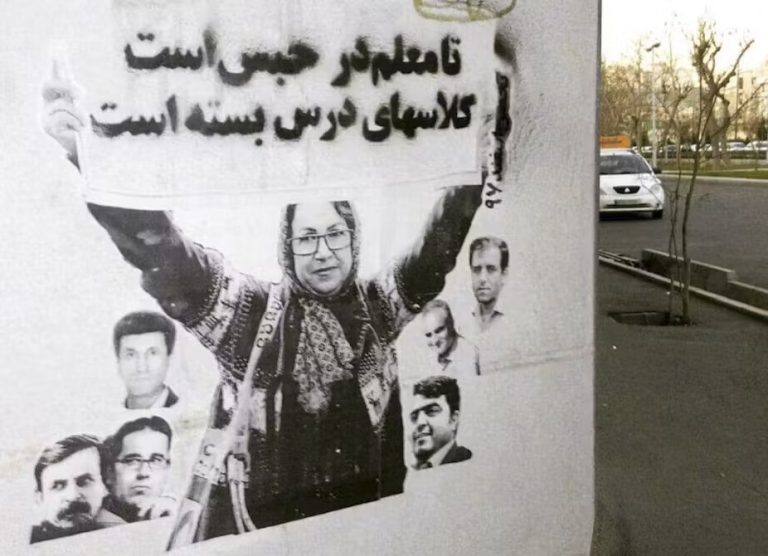
[ad_1]

Street art as protest
In the months following Amini’s death, artists, activists, and, most importantly, ordinary citizens poured into the streets to claim the public spaces and call for freedom.
Street art emerged as a powerful medium through which individuals could address a wide array of pressing social and political issues, including women’s rights, freedom of expression, political activism and the desire for a life free from the constraints of religious laws.
Graffiti artists, in particular, played a vital role in expressing dissent and resistance. Throughout Iranian cities, evocative graffiti murals have appeared, telling stories of struggle, liberation and the indomitable spirit of the movement through the past 45 years since the 1979 revolution.
Watching the progression of the Woman, Life, Freedom movement and the distribution of art created parallel to it, I noticed that artists turned public spaces into platforms for political messages, critiquing policies, advocating social change and promoting gender equality.
Sometimes even a dialogue emerged on the walls between the oppressed and the oppressor. Artists depicted pictures of the killed citizens, the activists detained, as well as iconic images of the revolution. The government erased or painted over the graffiti, but protesters came back with new images and messages.
Central to this movement is the participation of both professional artists and non-artist citizens, instigating change and fostering consciousness through powerful imagery created on the city walls. Ordinary people participate in changing the city’s visual landscape by expressing themselves through art.
The government responds
The rise of protest art in Iran has faced opposition from the government, which viewed these forms of expression as acts of defiance.
Government suppression tactics in response to murals and expressions of dissent have been alarmingly severe. These tactics encompassed frequent physical removal of murals that challenged the status quo, aiming to silence the voices of those speaking out against injustice by detaining, kidnapping and threatening the lives of their creators. In addition to this visual erasure, authorities imprisoned artists and other demonstrators for their activism and imposed employment restrictions as punitive measures.
Despite governmental opposition and legal challenges, artists and activists persevered. They have used art to voice their concerns, challenge societal norms and advocate for change.
This article is republished from The Conversation.
[ad_2]
Source link